
Lost City
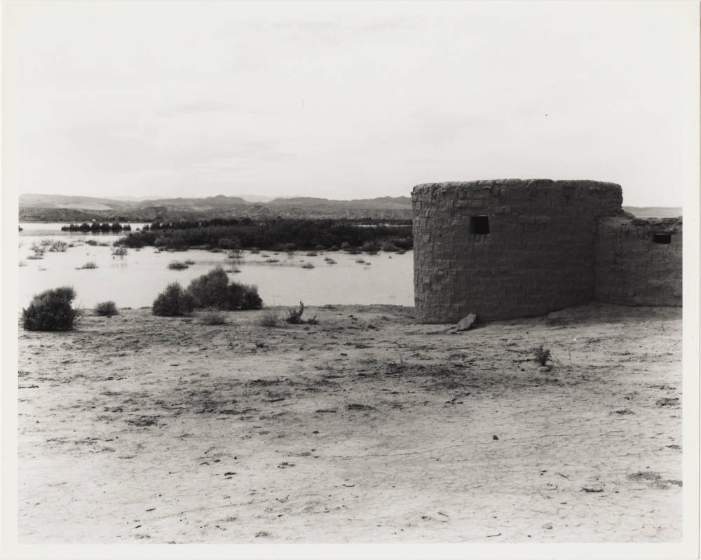
Photograph of Lake Mead rising over Lost City, June 1938. Pueblo Grande Collection. UNLV Libraries Special Collections & Archives.
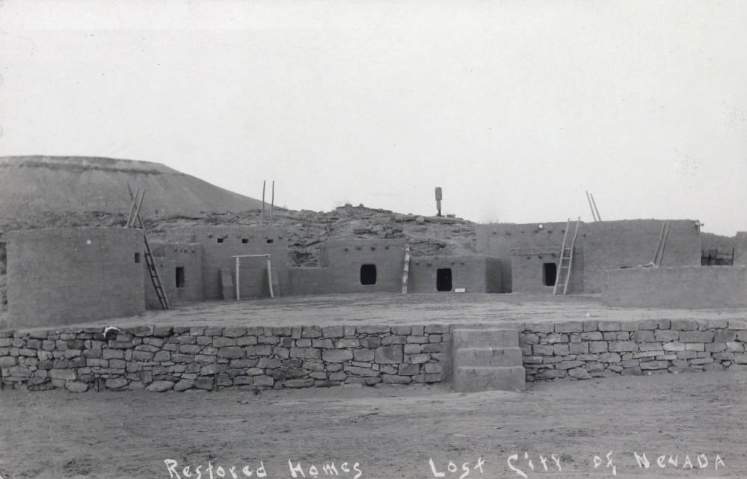
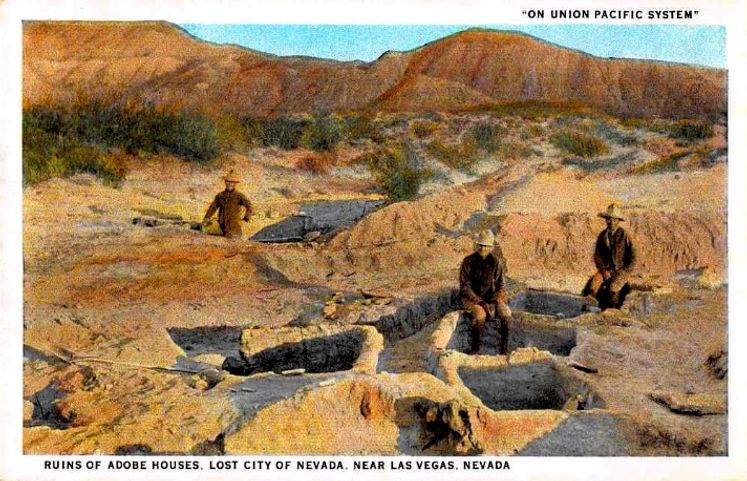
Mark Raymond Harrington is pictured in the middle of this postcard.
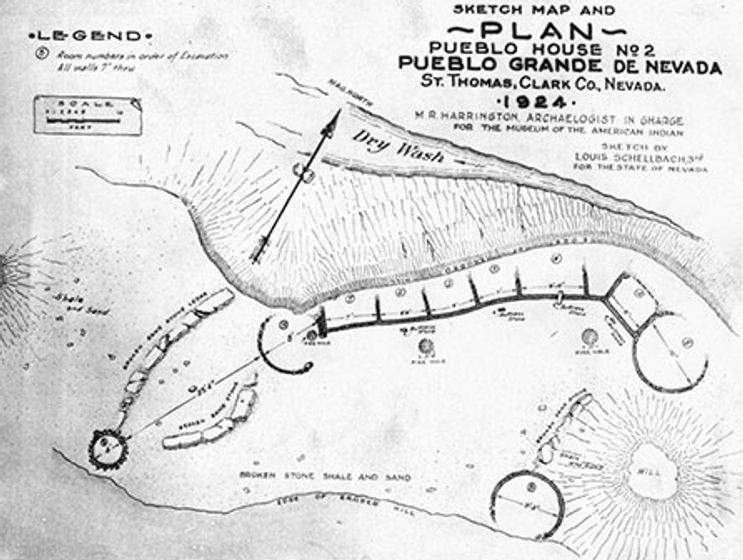
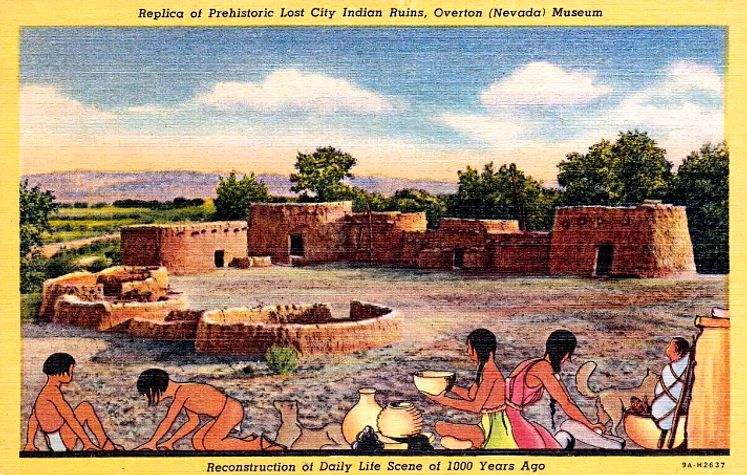
"Indians of a highly-developed civilization lived throughout Moapa valley from 300-1100 A.D. Several hundred ancient pithouses, campsites, rockshelters, salt mines and caves of ancestral Puebloan people make up what is commonly known as “Lost City.” These people cultivated corn, beans, and squash in fields irrigated by river water. They also gathered wild seeds and fruits and hunted widely for deer, antelope, desert bighorn sheep, small mammals, and birds. They wove fine cotton cloth, fired beautifully painted and textured pottery, and mined and traded salt and turquoise to coastal tribes for seashells. Early dwellings were circular pithouses below ground. Later dwellings above ground were single story adobes having up to 100 rooms.
Lake Mead, created by Hoover Dam, flooded the most intensively developed portion of lost city."
(Nevada Historical Marker 41)
The site was excavated by archaeologist Mark Raymond Harrington.
Listed on the National Register of Historic Places in 1982.
Listed as a U.S Historic District.
Was located near present-day Moapa Valley, Nevada.